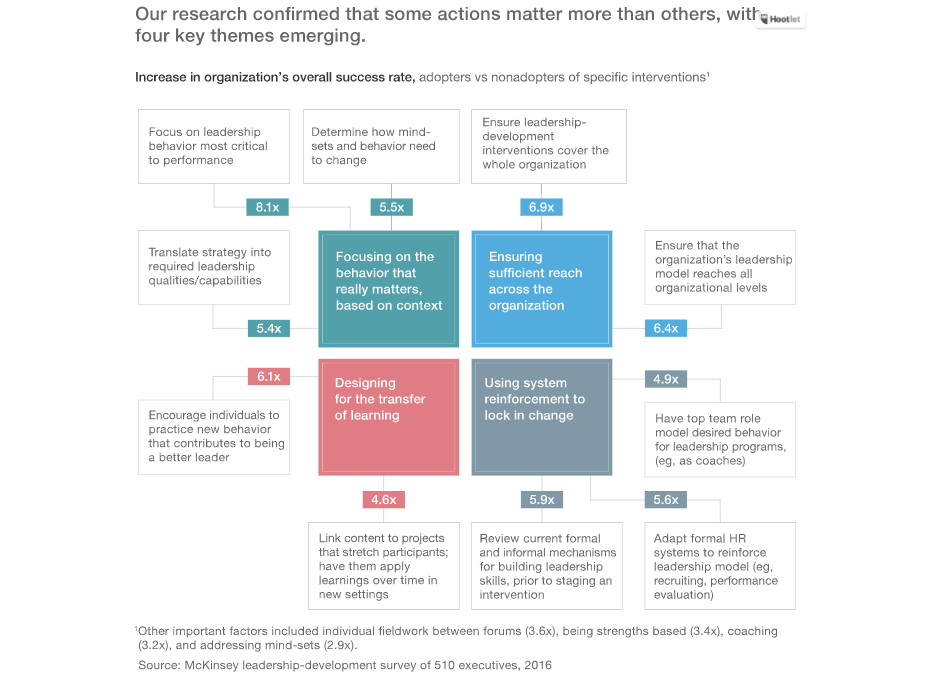In 1992, and inspired by the BBC’s Simon King, a 15-year-old Luke Thomas was determined to become a wildlife film cameraman.
Turned out though, that the BBC had a policy of only letting 18-year-olds do work experience – when I asked why, they couldn’t give me a reasoned answer, it was just the policy.
That frustrated me enough to open the Yellow Pages, and handwrite 20 honest, open letters to find the one Producer who would give me a chance.
Not only did I find one, but he granted me access to the BBC Natural History Unit, he also got me on the set of period drama House of Eliott. Result. (Sadly I don’t have 100% colour vision, which scuppered those plans!)
The idea stuck, though. Don’t follow the crowd. There’s always some re-imagining to be done. Time to fast forward to 2004.
I’d become fed up with hearing people in the workplace saying “Well, yes HR and Training are valuable and necessary, but it’s difficult to actually measure their impact financially or in terms of true-value-add.”
Now I knew that wasn’t true – at least, if and when you designed quality ‘programmes’ that were well put together, as opposed to one-off flash in the pan sessions, so decided to prove it to myself, initially at least.

I sat down with a credible and respected accountant in the organisation I worked for at the time, and asked if we could produce an analysis of a development programme we were running – before, during, and after, and conducted this under-wraps so the possibility of distortion or criticism was reduced.
It included populations who did receive the development and populations who didn’t as a control group – with a multitude of external factors documented as a commentary.
The results were rough and ready, but clear.
The impact could be measured, and they spoke highly as to the increases in Sales, decreases in Labour Turnover, increases in employee engagement, and improvements in productivity and overall ROI.
But this was all retrospective and too late in the process. I knew far better results could be achieved through proactively designing programmes differently.
So when I set up Spring in 2007 and also began partnering with Coloured Square, it was a key part of how I wanted to do business in the future, and still remains true today.
I wanted to design and deliver development that sold itself and made people sit up and take notice. I wanted to provide performance coaching, training, management and leadership development that mattered.
Critically, I wanted it to not just deliver financial gains, but also wellbeing, resilience, behavioural and (where possible), community and culture change too.
It meant narrowing the projects we could be involved with, and reducing the number of potential clients because we needed to focus on organisations willing to take a more systemic approach to change and change management.
But I believed in the method, and wanted to hone it further.
The challenge I set was to deliver so far beyond client expectations that they 1) Hired us again and 2) Recommended us…for EVERY project.
This, I figured, would mean no need for marketing – but instead, strong growth organically. It has worked.
And 11 years later, through Spring and Coloured Square we have scores of projects that have delivered ROI and literally 100s of individual scenarios that have achieved remarkable results.
So when reading this article in 2017 from McKinsey. What’s missing in leadership development? By Claudio Feser, Nicolai Nielsen & Michael Rennie, 2017 it made me laugh out loud and give a fist pump type “Get in” while sat on a train to London – I thought, “even the big-hitting global players are waking up to what makes a difference – and it’s reinforcing what we’re already doing.”
In summary, the article says that there’s no silver bullet. It’s not easy.
40 Key Actions must be taken to increase the chances of success to 80% and a further 10 Key Actions to hit 99%. (Success being defined as those programmes that achieved and sustained the desired objectives).

Four sets of interventions appear to matter most in overall success rates:
1.Contextualising the programme based on the organisation’s position and strategy
2.Ensuring sufficient reach across the organisation
3.Designing the programme for the transfer of learning
4.Using systems reinforcement to lock-in change

That’s enough for this blog. This is where is gets even more interesting.
In Part 2, I’ll go into the practical nitty-gritty of how you design and deliver programmes that achieve an ROI – because when they do, they’re self-funding. They can grow and repeat, because they’re creating value.
And they start to create longer lasting, further-reaching change. On a personal note, my kids now love wildlife and we’re off to see this wonderful event together soon


Recent Comments